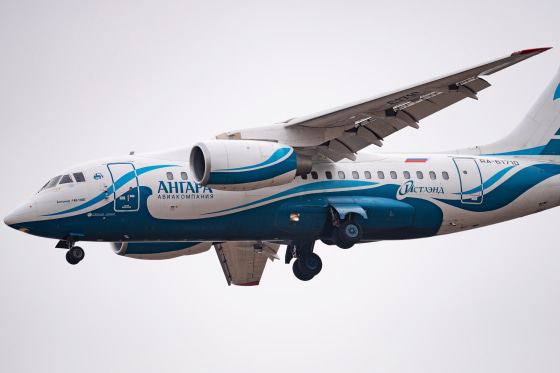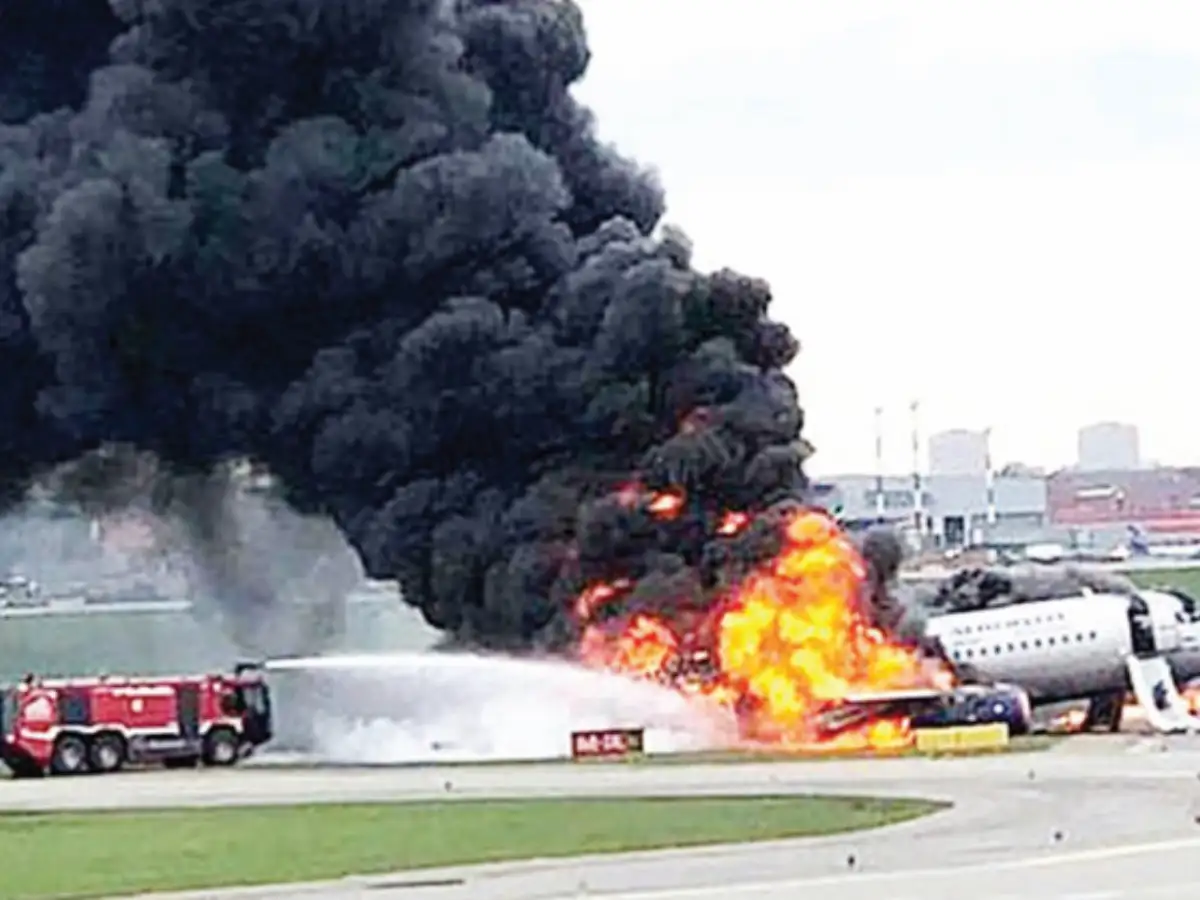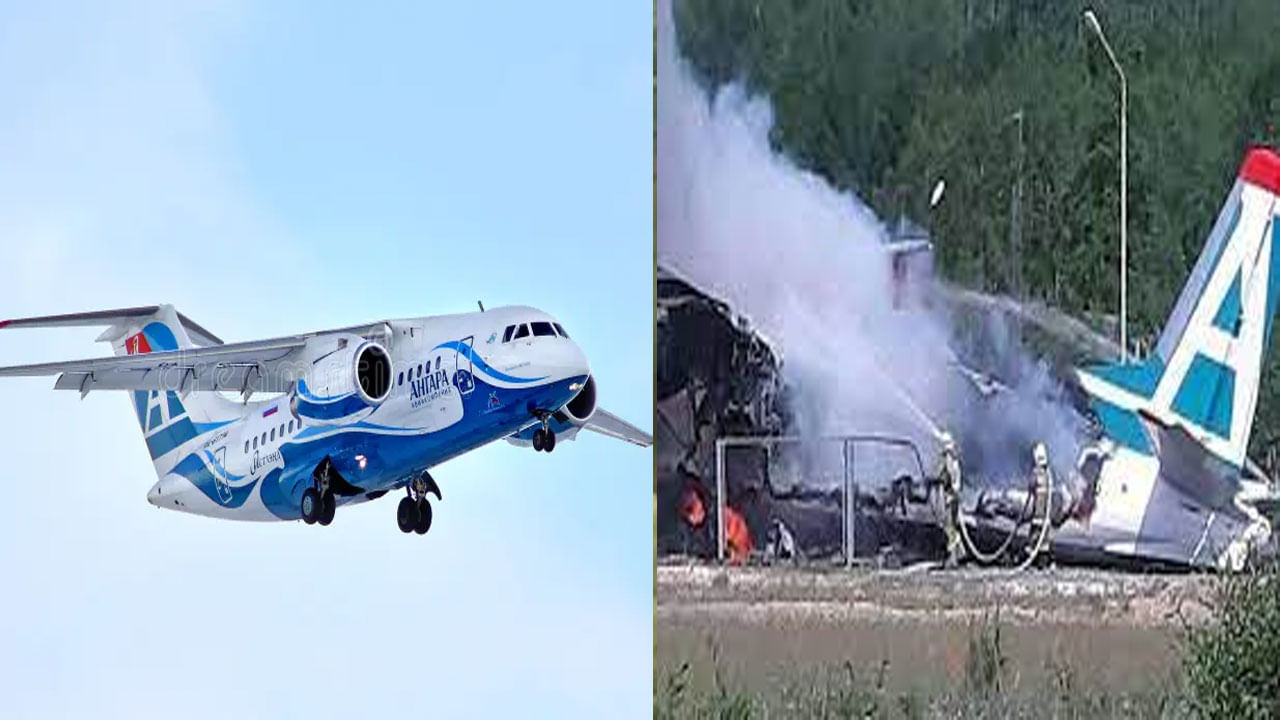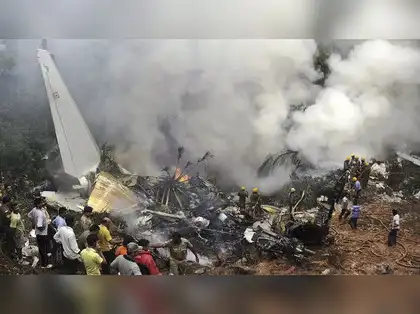💔 “The Final Descent: Lives Lost and Lessons from the Russian Plane Crash”
Tragedy struck the heart of Russia on July 22, 2025, because of the Russian Plane Crash. when an Antonov An-26 aircraft, en route to a remote northern region, crashed during an emergency landing attempt near the village of Gryaznovka in the Komi Republic. The flight, carrying 32 people—mostly oil workers, engineers, and crew—ended in fire, twisted metal, and heartbreak.
Twenty-five lives were lost in mere minutes. And with them, stories, laughter, promises, and futures disappeared into the dense forest mist.
The Russian Plane Crash: A Flight Like Any Other—Until It Wasn’t
The Antonov An-26 is a dependable aircraft, commonly operated in remote and rugged areas where modern planes rarely venture. Built for endurance, not luxury, these planes are a backbone of Russia’s regional logistics, especially in oil and mining zones.
But that morning, something went wrong.
Shortly after takeoff, the aircraft’s left engine reportedly failed. Communications with air traffic control indicated distress. The pilot, 52-year-old Mikhail Artyomov—a man with thousands of flight hours and a calm reputation—attempted an emergency landing in a clearing.
He did everything right.
But fate had other plans.
The landing site was uneven. The trees were too tall. The aircraft’s wing clipped the treetops before nosediving into the forest. A fire broke out instantly. By the time emergency services arrived, the damage was already irreversible.
The Silence That Follows From Russian Plane Crash
Disasters are loud—sirens, screams, rotors of rescue helicopters—but what follows is a heavier silence.
That silence spread across towns and cities, into homes waiting for calls that never came. Mothers clutched photo frames. Fathers collapsed in disbelief. Children asked why their parent wasn’t coming back.
Among the victims was 31-year-old Andrei Morozov, a father of two. Just days before the Russian Plane Crash, he had sent a video to his daughter showing her the snowy landscape from the aircraft window. He had assured her he’d bring a new toy back with him. The toy arrived in the mail. He didn’t.
Another passenger, 44-year-old Natalia Petrova, was on her first flight as an industrial safety auditor. Her family, devastated, said she was excited about her new job—finally earning enough to plan a vacation abroad. It would’ve been her first.
These were not just passengers. These were people with dreams, love, jokes, habits, families. Their seats weren’t empty; their absence now echoes forever.
A Glimpse into Russia’s Aviation Dilemma
The Russian Plane Crash tragedy brings back troubling concerns about aviation safety in Russia’s remote regions. The An-26, first launched in the 1960s, has long been surrounded by controversy. Many such aircraft still operate because of cost-efficiency and their ability to withstand harsh environments.
But aging fleets mean aging risks.
Although the Russian aviation authority assured that safety checks had been conducted, experts argue that the infrastructure and funding for regional aviation safety often fall short—especially in areas that rarely draw media attention unless something goes terribly wrong.
It’s not the first time. It’s likely to happen again—unless meaningful change takes place. The Russian Plane Crash not only affected the people who boarded the flight but also their family member.

The Cost of Delay: Replacing Machines, Not People
After the Russian Plan Crash, politicians offered condolences. State TV showed memorial services. Wreaths were laid, and compensation was promised to the victims’ families. But what they lost can’t be measured in rubles.
We live in a world that replaces machines faster than it mourns people. And every time a tragedy like this occurs, the conversation resurfaces—but fades again in a few news cycles.
Why is it that reforms often wait until after the funerals?
A Survivor’s Haunting Words About the Russian Plane Crash
One of the survivors, 38-year-old Anton Zhukov, managed to escape the flaming wreckage through a broken emergency exit. Burned, disoriented, and in shock, he crawled until villagers found him.
Speaking from his hospital bed, he said:
“I was sitting in seat 10B. My friend Igor was next to me in 10A. He didn’t make it. At times, I can still hear him calling out for help.
The survivors are lucky to be alive. But many will carry invisible scars—PTSD, survivor’s guilt, anxiety that doesn’t fade with time.
Why We Must Remember The Russian Plane Crash.
When the headlines move on, we must not forget.
We must remember the young engineer who was planning to propose. The grandmother who boarded the Russian flight to be at her grandson’s school recital. The pilot who went down doing everything he could to save others.
Their stories deserve to be told. Their names deserve to be spoken.
Because remembering is how we keep them alive. And remembering is how we push for better—better safety, better policies, and a better world where such tragedies are not brushed aside.
Final Descent, Eternal Echo
As the black boxes are analyzed and investigations unfold, we hope for answers—not just technical, but moral ones. Why are old aircraft still flying? Why are rural transport routes so neglected? And how many more lives must be lost before we truly listen?
The Russian plane crash of July 2025 is not just a national tragedy—it is a human one.
In honoring those lost, let’s not only mourn. Let’s change.
About Us: The Minds Behind ModernTimex
In a digital world where trends evolve by the minute and attention spans are shorter than ever, staying informed isn’t just a luxury — it’s a necessity. That’s where the ModernTimex Blog finds its purpose.
Built by three passionate friends — Tauheed Raza, Ayan Javed, and Abhay Mishra — the ModernTime Blog is a thoughtfully designed platform that delivers timely, relevant, and engaging content to the modern-day reader. It’s not just a blog — it’s a movement powered by curiosity, collaboration, and creativity.




